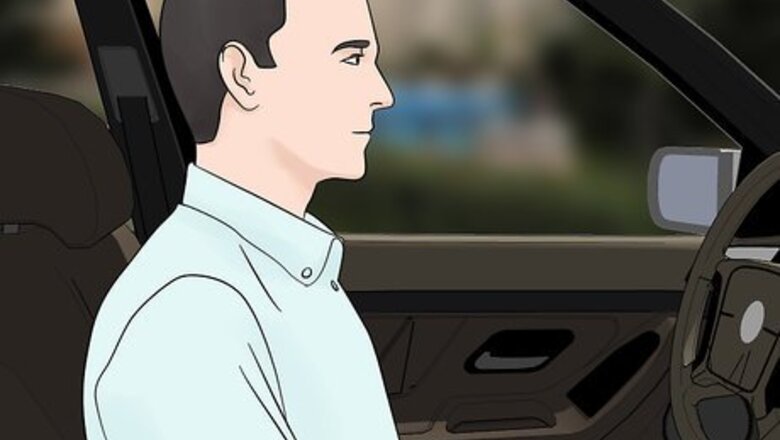
views
Fixing a VSC Light
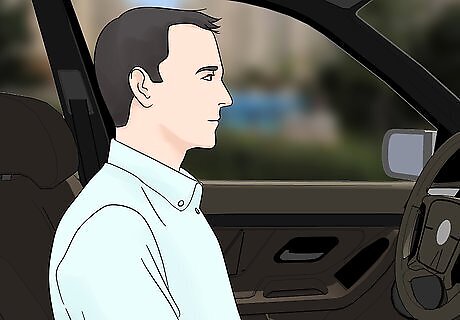
Stop the car and press the stability control system reset button. If the vehicle stability control (VSC) light comes on, pull over and put your car in park. Locate the VSC button. It’s usually near the shifter or steering wheel. Press VSC button and hold for a few seconds until the TRAC OFF and VSC OFF indicator lights come on. The traction control and vehicle stability systems are now off. Press the VSC button again to reset both systems. Refer to your owner’s manual for specific instructions to reset the VSC light in your vehicle.
Disconnect the battery and then reconnect it. Disconnecting the battery will reset your car’s computer and clear any error messages. Loosen the nut with a socket wrench and remove the negative battery terminal. Wait 15-30 seconds, then reconnect the terminal. Always turn your car off before disconnecting the battery to help prevent electrocution.
Use an OBD-II scanner to read and clear the error code. OBD-II scanners are available at most auto parts stores. Hook the OBD-II reader into your car’s diagnostic link connector (DLC). Follow the scanner’s instructions to scar your car’s OBD codes and reset the VSC light. Resetting the codes will not repair any underlying issues with the system. If the VSC light turns on again, your stability control system is malfunctioning and needs to be repaired.
Take your car to a mechanic to fix the underlying problem. If the VSC light comes back on again after you’ve tried to reset it, there may be a malfunction with the system or a glitch with your vehicle’s computer. A mechanic will be able to run a more in-depth diagnostic scan to identify the problem. They can then repair the problem and clear the error codes. The cost for repairing a VSC system can vary depending on your car’s make and model.
What is the VSC?
Vehicle stability control (VSC) helps a driver stay in control of their car. VSC is also known as the electronic stability program (ESP) or dynamic stability control (DSC). It’s a system controlled by your car's computer that uses automatic braking of individual wheels to keep your tires moving in the direction you're steering. The system is designed to help you maintain control of your vehicle by preventing the tires from spinning out. The VSC system can automatically brake on up to 3 wheels at a time. In the US, manufacturers have been required by law to include VSC systems in cars since 2012. If your car was made before that, it’s possible it doesn’t have a VSC. The VSC system uses sensors to monitor the wheel speed sensors, steering angle, and yaw rate to compare the vehicle behavior with driver input. Any malfunctions trigger the VSC light on the dashboard to alert the driver.
What causes the VSC light to come on?
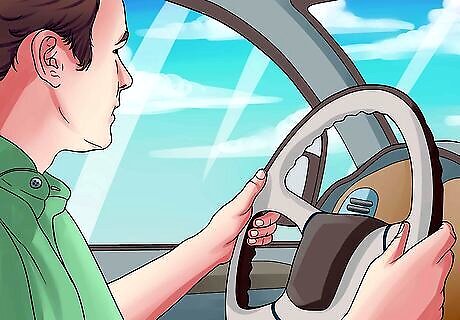
System Failure The VSC light turns on when your car’s stability system fails. The VSC light is on your dashboard to warn you when there’s an issue with the VSC system. If the light is off or only comes on briefly when you start your car, the VSC system is working correctly.
Anti-lock Brake Malfunction The VSC and anti-lock braking system (ABS) in your car work together, so if there’s a problem with one, it can affect the other. This includes a malfunction in any of the ABS sensors in the wheels of your car. The VSC and traction control lights can turn on at the same time. These two safety features use some of the same systems, including your car’s ABS. When you see the VSC and the TRAC OFF lights come on, it indicates a problem with the components these systems share.
Wheel Misalignment A wheel going out of alignment is a common reason the VSC light turns on. Hitting a pothole or not slowing down for a speedbump can cause one or more wheels to go out of alignment, which can affect the VSC system. Regular wheel alignments are often part of recommended vehicle maintenance schedules. If your VSC light comes on and you suspect it’s due to your car’s wheel alignment, pay attention to how it handles. Signs of a misaligned wheel are a crooked steering wheel while driving straight, a sensation of being pulled to one side, squealing tires, and uneven tire wear.
Faulty Steering Angle Sensor The steering angle sensor is designed to detect how far the wheels have turned. Since the VSC system uses the tire angle to determine whether the car is heading in the direction you’re steering, any damage to this sensor can cause the light to come on. When you’re driving, if the steering seems “loose” or unresponsive, it can signal that there’s a problem with the steering angle sensor. The check engine or traction control lights may also light up when there’s an issue with the steering angle sensor. A faulty sensor can also cause your car to pull to one side.
Faulty Wiring Your car uses wires to send information from the sensors to the computer. If one of those wires is broken, you may see the VSC light come on. Improperly installed wires and blown fuses can also cause a warning light to illuminate. Unless you have extensive experience dealing with automotive electrical systems, it can be difficult to track down a wiring issue. When you’ve ruled out other problems, take your car to a mechanic to determine whether the wiring is faulty.
Engine Issues If you have issues with the engine, like a misfire or other mechanical problems, they can also cause the VSC light to come on. A misfire can cause the engine to shake, triggering the VSC light. If you see the Check Engine and VSC lights come on at the same time, it’s a sign that there’s an engine problem. If the engine misfires, you may notice your car accelerates slowly or shakes during acceleration. It can also have a rough idle. Engines misfire for various reasons, including a clogged fuel injector, faulty oxygen sensor, or bad spark plug.
Accidentally Pressing the VSC Button Most cars are equipped with a button that allows you to turn the VSC system off. If you accidentally bump the button while driving, the system will turn off, and the light will come on. If you suspect this is what happened, all you have to do is turn the system back on by pressing the button again. Refer to your owner’s manual for the exact placement of your VSC system’s reset button. If the light comes back on after you have turned the system back on, try to rule out other causes or take your car to a mechanic.
Is it safe to drive with your VSC light on?
It can be safe to drive with the VSC light on, but it’s not a good idea. Aside from a few very specific circumstances, it’s safer to drive with your VSC system on and functioning properly. Stability systems in cars are estimated to lower the risk of fatal single-vehicle crashes by half and fatal multiple-vehicle crashes by 20% for SUVs and cars. If you choose to drive your car with the VSC on, make sure you are being extra cautious by reducing your speed and avoiding hard braking. You’re more likely to get into a serious accident if you’re driving on wet or icy roads, so be sure to keep the VSC system on in these conditions.
When to Turn Off the VSC
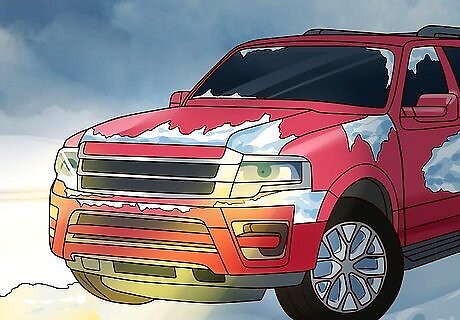
Turn the VSC system off when you’re stuck in snow, mud, or sand. While it’s possible to drive your car with the vehicle stability system disabled, in most conditions, it’s much safer to keep it on. The only time you should turn the system off is if you’re stuck in sand, mud, or snow when some wheelspin digs down to a surface with more traction. Remember, turning off the VSC system can make your car harder to control, especially in hazardous driving conditions. If you turn off your car’s VSC system, it will usually turn back on the next time you start your engine or if you drive faster than the system’s speed threshold.
What is traction control?
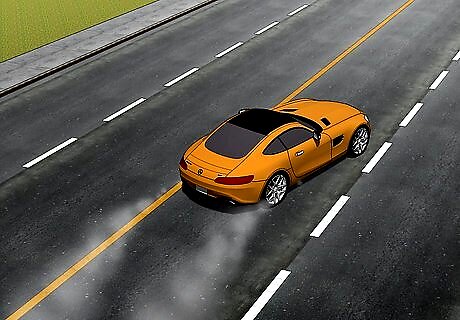
Traction control is a safety feature that improves tire traction. If your tire starts to slip when you’re driving on a slick surface, the traction control system can apply the brake or reduce the engine output to counteract the slip. It’s what keeps you from skidding during hard braking or acceleration. Unless you turn it off, traction control works automatically when your car starts to skid and limits how much your tires can spin. VSC can maneuver your car, but traction control only limits wheel spin. Traction control works in conjunction with your VSC and anti-lock brakes to help you drive safely even in hazardous conditions, such as snowy or icy weather and heavy rain.
















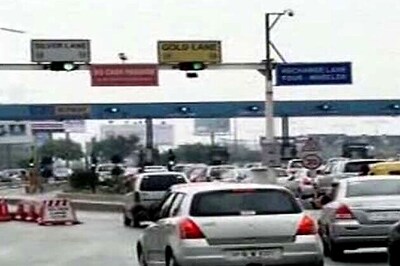

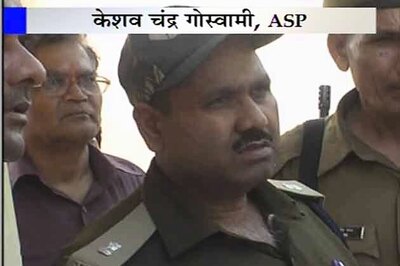
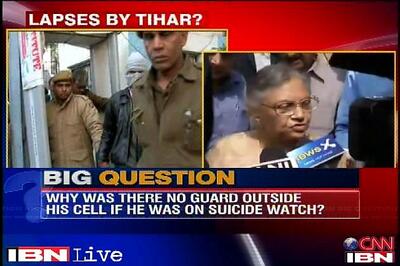
Comments
0 comment